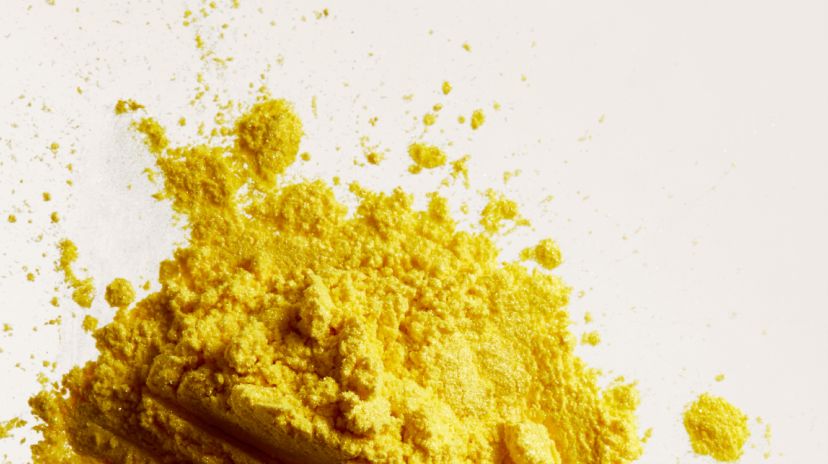Topical retinoids in the management of photodamaged skin: from theory to evidence-based practical approach
British Journal of Dermatology. Darlenski R, Surber C, Fluhr J. 2010;163(6):1157-65

Acne, clogged pores, hyperpigmentation, fine lines, skin texture

Treats acne where it targets the precursor lesion.

Smoothes fine lines and reverses photodamage while restoring dermal collagen.

Increases skin cell turnover, which gradually fades hyperpigmentation.
“Tretinoin is a multitasker. It reverses pigmentation, improves fine wrinkles and unclogs pores.”

Dr Catriona Maybury
Consultant Dermatologist

Cutting-edge ingredients require cutting-edge research. Our Clinical Advisory Board and Dermatology Team keep on top of the latest evidence to make sure our personalized formulas are the best they can be.
British Journal of Dermatology. Darlenski R, Surber C, Fluhr J. 2010;163(6):1157-65
Clinical interventions in aging. Mukherjee S, Date A, Patravale V, Korting HC, Roeder A, Weindl G. 2006;1(4):327
The Cochrane Library. Rajaratnam R, Halpern J, Salim A, Emmett C. 2010
Journal of the American Academy of Dermatology. Zaenglein AL, Pathy AL, Schlosser BJ, Alikhan A, Baldwin HE, Berson DS, et al. 2016;74(5):945-73. e33

You’ll get a personalized, evidence-based prescription treatment, tailored to your treatment goals.
Your bespoke plan arrives with two bottles every 56 days (approximately), and adapts to your skin’s progress.
You’ll have free, unlimited access to dermatology experts, whenever you need.
You can pause, reschedule or cancel your plan online. No strings attached.
then $29.95/month